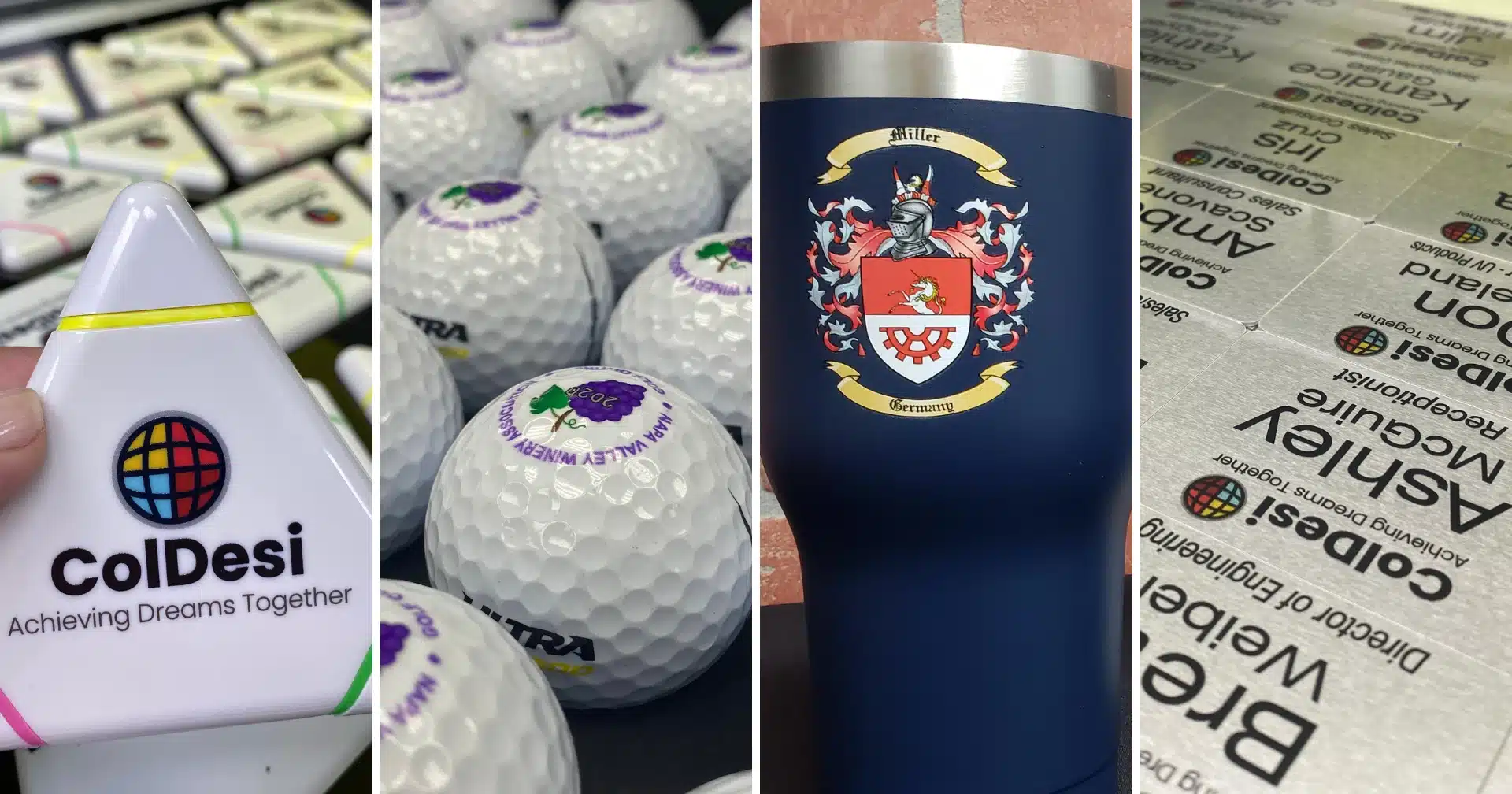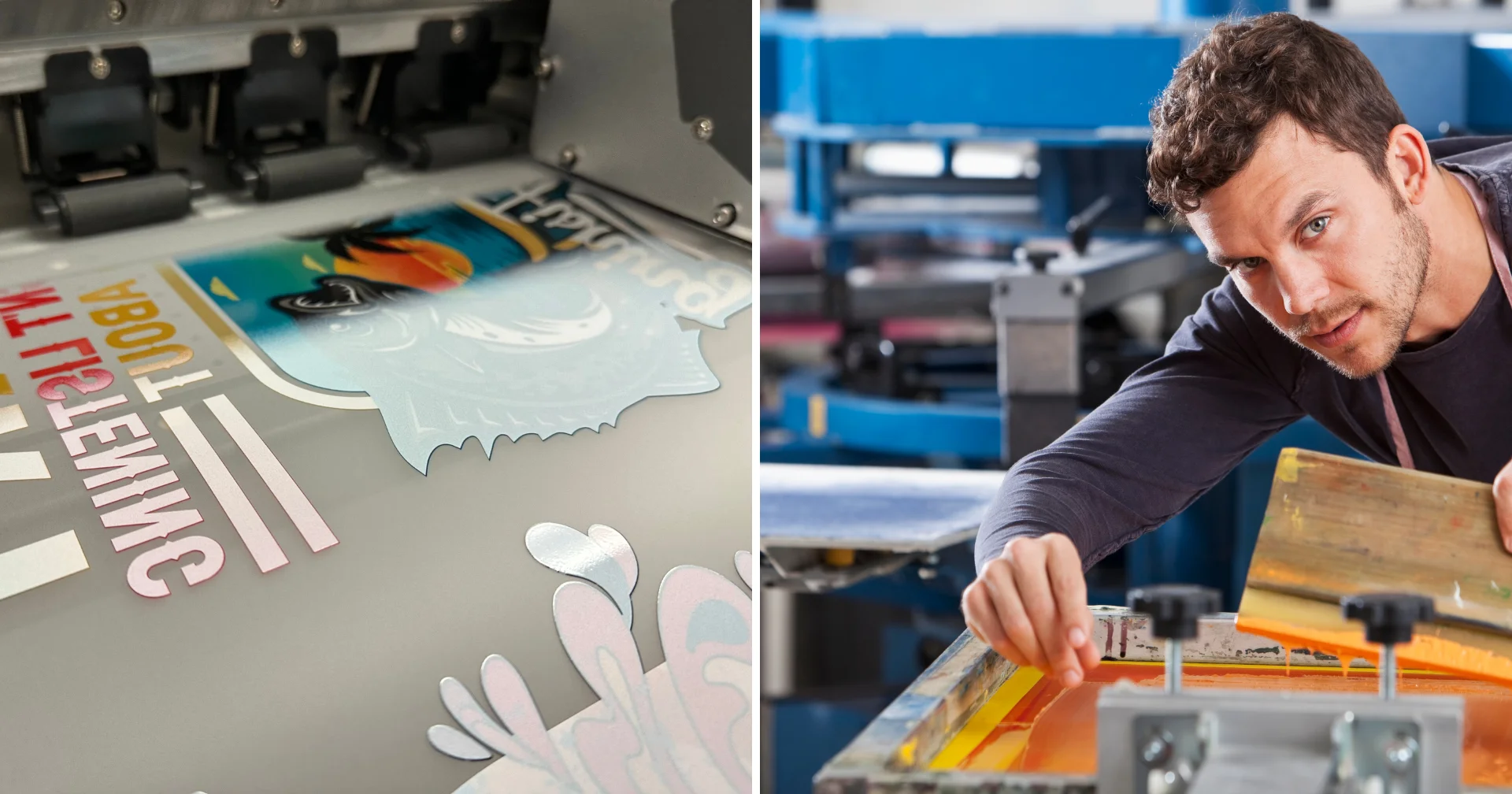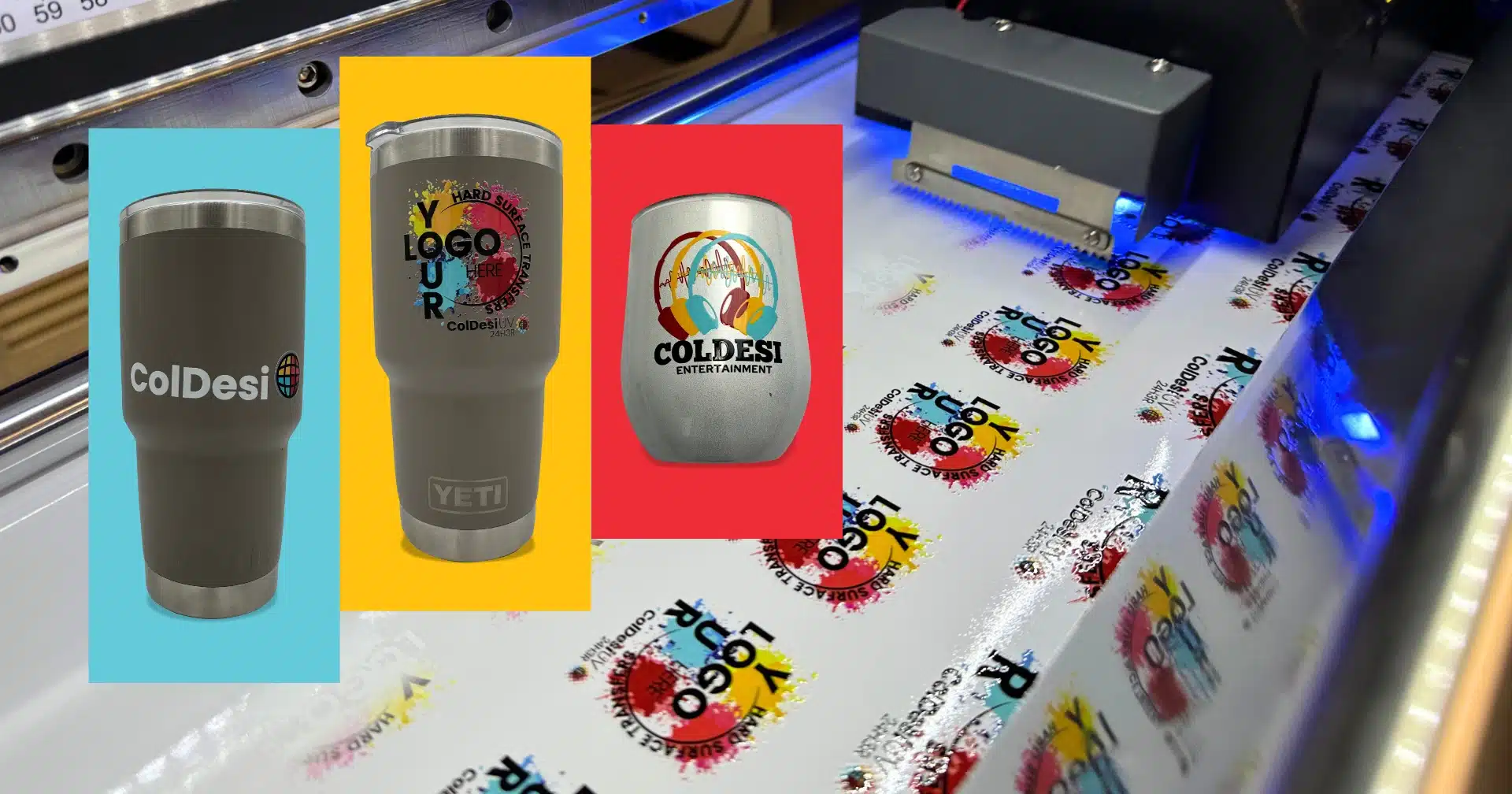If you’ve been working with and relying on white toner printing (or any other traditional printing method) for a considerable time, you might find yourself at a point of exploring additional equipment to add to your business printer line-up.
Alternatively, you could be transitioning from techniques like screen printing or direct-to-garment (DTG), and are ready to take a more mature step and upgrade to the innovative DTF or white toner printing method.
Or… perhaps you’re a newcomer to the custom decoration business, excited to dive in and try your hand at it! In that case, you’re likely in search of the optimal printing methods, techniques, and equipment, figuring out where to invest.
Whatever your situation, this article is where you’ll find the answers to all your questions!
Throughout this page, we’ll compare white toner printing with direct-to-film (DTF) printing. We’ll discuss each method, highlight their similarities and differences, and weigh the pros and cons.
So, if this all sounds appealing, sit back, relax, and join us in reading this.
DTF Printing and White Toner Printing:
Definitions and Distinctions
So, let’s start with the definition of each method and gradually work our way out. That way we can establish a solid theoretical foundation.
Definitions:
DTF Printing (Direct-to-Film Printing): As the name gives away, this method involves printing your graphics onto a special translucent PET (polyethylene terephthalate) film, which is then used as a ‘’stencil’’ to transfer your prints onto fabrics (or other substrates) using a heat-press mechanism.
White Toner Printing: The keyword in this method is ‘’whiter toner.’’ Similar to DTF, the theory and process of how your artwork gets printed remains the same—it relies on clear plastic film and heat to transfer your design. However, this system runs on CMYK toner cartridges instead of liquid water-based inks.
Having defined each printing method, let’s now take a look at the similarities they share.
Similarities Between DTF Printing and White Toner Printing
At first glance, DTF and white toner printers appear completely different. One might expect they have nothing in common (and are worlds apart). Yet, they share a few striking similarities.
Let us take you through some of them!
Similarities:
- 1. Both involve printing on PET film before transferring onto garments.
- 2. Both use white color as a base for CMY or CMYK colors.
- 3. Both films have an adhesion coating.
- 4. Transfers can be sold or stored for later use.
- 5. Vibrant printed results are achieved, retaining original details well.
- 6. Heat press machines are essential for both processes.
This is by no means the full list of universal similarities these machines share. It’s just to give you a sense of understanding. If you were to work with these methods day-to-day, you’d likely discover even more similarities between the two.
Okay, but what about their differences? Are there any of those?
Well, let’s take a look at that in the next section.
Differences Between DTF Printing and White Toner Printing
As you’ve come to learn, there are a few similarities between the two methods, but aren’t you also curious to learn how they differ from one another?
Of course you are!
Let us run you through the list of their differences and give a brief overview of each.
Working Process: DTF printing requires RIP software to handle images and manage special ink, whereas white toner printing software is more mature and user-friendly.
Durability: DTF printing patterns are more durable due to the use of special textile ink, whereas white toner printing patterns may have reduced durability.
Maintenance: DTF printers require regular maintenance for longevity, while white toner laser printers generally require minimal maintenance.
Application: DTF printing is primarily used for textile production, whereas white toner printing has a broader range of applications, including magnets, banners, and labels.
Touch Feeling: DTF printing results in a soft and even texture, while white toner printing may feel thicker, and does not have the stretchability DTF does.
Cost: DTF printers are a large investment compared to white toner laser printers.
Of course, we’re just scratching the surface here on their differences. It becomes more nuanced from a technical standpoint when we really start to look ‘’under the hood.‘’
Now, to help you with your decision, let’s look at the pros and cons of each printing method.
Weighing the Pros and Cons:
DTF & White Toner Printing in Perspective
Just like any other technology, these methods come with their own set of advantages and drawbacks. By weighing these factors, you’ll be better equipped to pick the printing method that best fits your needs and project requirements.
Let’s start with the DTF and positives first.
Pros of DTF Printing:
- Not limited by color or fabric.
- Excellent durability and washability.
- Cost-effective and anti-stretch.
- High resolution and vibrant color printing.
Cons of DTF Printing:
- Requires more complicated maintenance.
- Limited to fabrics.
And there you have it, folks! Now is the turn for white toner printing. Let’s put all the pros and cons on the table.
Pros of White Toner Printing:
- No strict daily maintenance required.
- Wide range of application substrates.
- Fast printing speed.
Cons of White Toner Printing:
- Higher machine and consumable costs.
- Not as durable.
- Patterns may feel thicker.
In Conclusion
At the end of it all, it comes down to your allocated budget and what features (and speed) are important to you. And that will essentially be the deciding factor which one you should go for.
Both DTF printing and white toner printing have their advantages and disadvantages.
For those entering the garment printing industry or seeking to elevate their garment business, DTF printing offers superior benefits, including the ability to print on various fabrics and colors with excellent durability and washability.
It allows for quick and convenient on-demand printing without the worry of idle periods.
In the end, the decision is yours to make, and you can’t go wrong with either one, so pick the printing method that aligns with your specific project requirements, budget and need for speed!
To learn more about ColDesi’s line of DTG and DTF printers visit our coldesi.com and Live Chat with a Pro below or call 877.793.3278.






